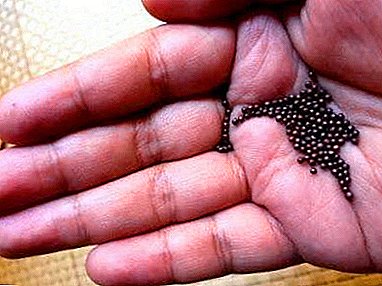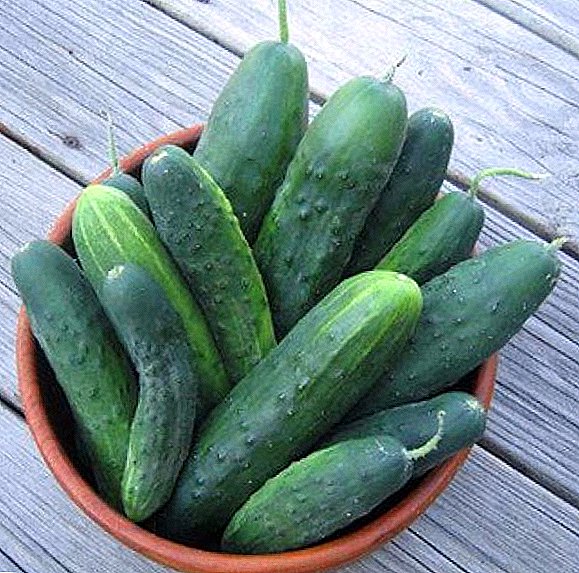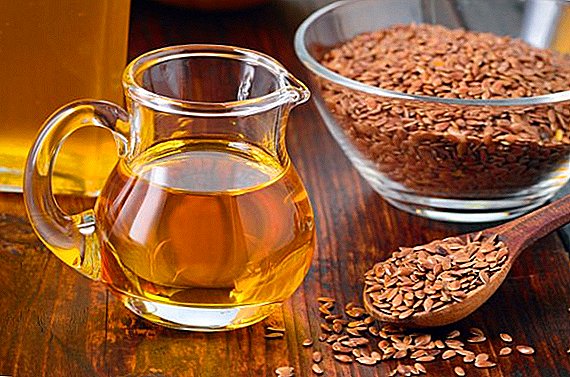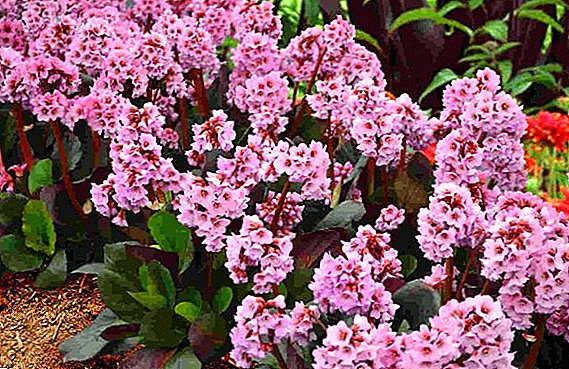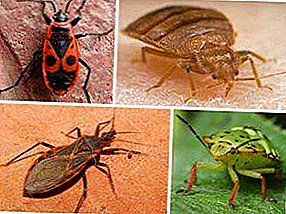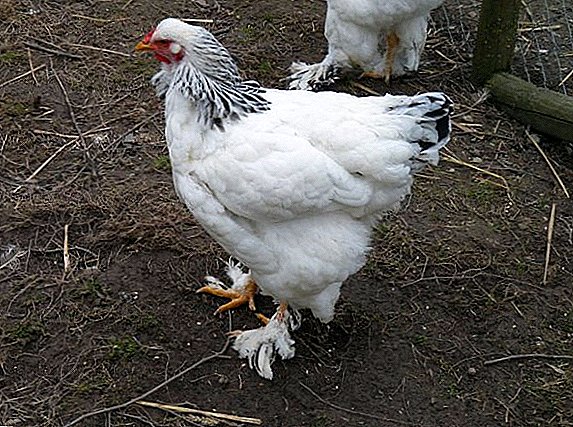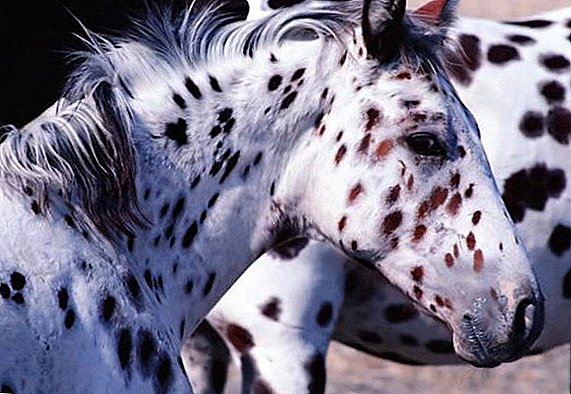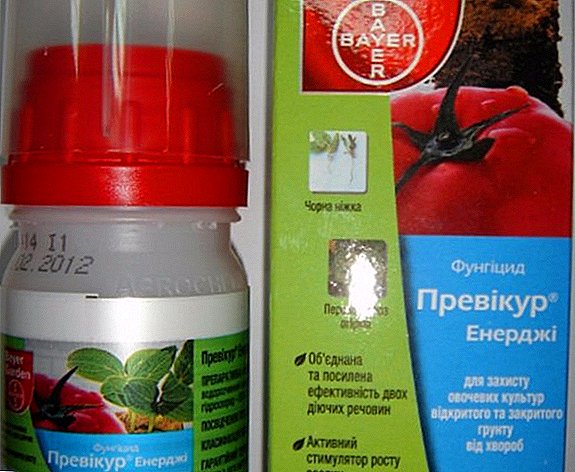
At present, none of the vegetable crops is used as widely and diversely as a tomato. The main problem for the gardener - the correct choice of varieties of tomatoes.
What tomatoes to choose, so that it was tasty, and the harvest is high, and care is minimal? In this article we will look at the tomato "Petrusha gardener" and the description of this variety of tomatoes.
Tomato "Petrusha gardener": description of the variety
| Grade name | Petrusha Ogorodnik |
| general description | Mid-season superdeterminant hybrid |
| Originator | Russia |
| Ripening | 111-115 days |
| The form | Reminds a cap |
| Colour | Pink |
| Average tomato mass | 180-200 grams |
| Application | In fresh form, for juices and preservation |
| Yield varieties | 4-6 kg from a bush |
| Features of growing | Can be grown by cuttings |
| Disease resistance | Resistant to major diseases |
 The tomato variety Petrusha the gardener is one of the newest varieties bred by Altai breeders. Let's start with a description of the tomato "Petrusha gardener". This is a hybrid superdeterminant type.
The tomato variety Petrusha the gardener is one of the newest varieties bred by Altai breeders. Let's start with a description of the tomato "Petrusha gardener". This is a hybrid superdeterminant type.
Shtambov bush, undersized, up to 60 cm high. When grown in a greenhouse, it can reach 1-1.2 meters. Tomato Parsley gardener tomato is a medium early, has a long period of active fruiting from July to October.
The bush is thick, undersized, with abundant number of ovaries, leaves juicy, dark green color. Petusha tomato gardener resistant to diseases such as apical and root rot, late blight, mosaic leaves.
Tomatoes of the variety Petrusha a gardener are distinguished by abundant fruiting, the fruits are bright, pink, oval-shaped, resembling a cap (hence the original name of the variety).
Fruit weight 180-200 grams, can reach 300 grams. The grade possesses excellent flavoring qualities, with the high content of sugar. The fruits of Petrusha are fleshy, strong, long stored fresh.
You can compare the weight of the fruits of Petrusha with other varieties in the table below:
| Grade name | Fruit weight (grams) |
| Petrusha Ogorodnik | 180-200 |
| Fatima | 300-400 |
| Caspar | 80-120 |
| The Golden Fleece | 85-100 |
| Diva | 120 |
| Irina | 120 |
| Batyana | 250-400 |
| Dubrava | 60-105 |
| Nastya | 150-200 |
| Mazarin | 300-600 |
| Pink Lady | 230-280 |
 Read on our website: how to get a high yield of tomatoes in the open field?
Read on our website: how to get a high yield of tomatoes in the open field?How to grow delicious tomatoes in the winter in the greenhouse? What are the subtleties of early cultivating agricultural varieties?
A photo
And now we offer to get acquainted with the photo of a tomato "Petrusha the gardener".


Specifications
This grade is suitable for an open ground and greenhouses. The yield of varieties in the greenhouse is lower than in the open field, so it is preferable to grow Parsley in the open air!
Tomatoes varieties Petrusha gardener suitable for all regions, including the north, because it is bred in Siberia. Petrusha fruit well and in dry conditions does not require frequent watering.
Tomatoes are tasty fresh, well suited for canning, because fruits are medium-sized and strong, as well as for the production of juices.
The yield of tomato Parsley gardener (as it is also called) is 4-6 kg from one bush. The main feature of the variety is the undeadness to pasynkovany, excellent fruit-bearing brushes are formed on all shoots.
You can compare the crop yield with others in the table below:
| Grade name | Yield |
| Petrusha gardener | 4-6 from a bush |
| Gulliver | 7 kg from a bush |
| Lady shedi | 7.5 kg per square meter |
| Fat jack | 5-6 kg from a bush |
| Doll | 8-9 kg per square meter |
| Summer resident | 4 kg from a bush |
| Lazy man | 15 kg per square meter |
| The president | 7-9 kg per square meter |
| King of the market | 10-12 kg per square meter |
Large fruit brushes are formed through each leaf, the bush is low, but very lush, however, with abundant fruiting and a large number of lateral branches covered with fruits, supporting stakes are necessary.
Features of growing
 Another feature of the variety Petrusha gardener is the possibility of growing cuttings. To do this, you can use as stepchildren, and the tops of the branches, which must be placed in water or in damp ground for 10 days.
Another feature of the variety Petrusha gardener is the possibility of growing cuttings. To do this, you can use as stepchildren, and the tops of the branches, which must be placed in water or in damp ground for 10 days.
Thus, with a minimum number of seedlings, you can constantly increase it, and the period of fruiting increases accordingly. In order to feast on your tomatoes all winter, you can leave the bush indoors in a container, constantly breaking off and rooting the shoots. On the table you will have your own fresh tomatoes, and by the spring already grown plants.
Read also about other methods of growing seedlings:
- in twists;
- in two roots;
- in peat tablets;
- on Chinese technology;
- in bottles;
- in peat pots;
- without land.
If you still use the usual way of growing tomatoes, then the seeds for seedlings should be sown at the end of February or at the very beginning of March. After the appearance of two leaves, the seedlings are spiked, under the film shelters, the landing is made at the end of April, into the open ground - in May. About growing seedlings without picking read here.
When planting, a tablespoon of superphosphate or nitrophosphate is added to each well. Then, after 10 days, fertilizing should be repeated with complex fertilizers for tomatoes; spraying with a weak solution of potassium permanganate gives a good effect.
Top dressing is made every 10-15 days, many gardeners use folk remedies, irrigation with yeast extract gives a very good effect. One should not forget that tomatoes do not like a surplus of nitrogen fertilizers, that is, fresh manure introduced in large quantities gives an increase in green mass (leaves), but reduces the number of ovaries.
Read more about fertilizers for tomatoes.:
- Organic, mineral, phosphoric, complex and ready-made fertilizers for seedlings and TOP best.
- Yeast, iodine, ammonia, hydrogen peroxide, ash, boric acid.
- What is foliar feeding and when picking, how to conduct them.
Diseases and pests
Tomato varieties "Petrusha gardener" resistant to the main disease, it is little affected by blight and root rot.
Phytophthora is the most common and most dangerous fungal disease of tomatoes, it is called the "Black Fire".
To prevent these diseases, it is necessary to prevent thickening of plantings, watering in the morning, be sure to air the greenhouse, and also spray plants with biologics, such as Fitosporin, Zaslon, Barrier, use folk remedies (infusions of herbs, mullein).
 One of the most effective folk remedies is spraying the leaves with whey, as well as an infusion of onion and garlic peel.
One of the most effective folk remedies is spraying the leaves with whey, as well as an infusion of onion and garlic peel.
Mosaic leaves and vertex rot are diseases that are not uncommon among tomatoes.
With the defeat of mosaic leaves get a variegated color (from light green to brown), the source of the disease are tomato seeds. In this case, the affected leaves must be removed, and the seeds should be calcined before planting.
Vertex rot is a brown stain on the fruit, caused by a lack of moisture, as well as an excess of nitrogen and a lack of calcium. To prevent top rot from infecting tomatoes, use ashes, dolomite flour, crushed eggshell for dressing.
Conclusion
If you follow our advice, feed them in time, water the tomatoes properly, air the greenhouse, use the necessary preparations and use folk remedies, you will get many tasty, healthy, also with the dietary properties of the fruits.
Below you will find links to varieties of tomatoes with different ripening terms:
| Medium early | Late-ripening | Mid-season |
| New Transnistria | Rocket | Hospitable |
| Pullet | American ribbed | Red pear |
| Sugar giant | De barao | Chernomor |
| Torbay f1 | Titanium | Benito F1 |
| Tretyakovsky | Long keeper | Paul Robson |
| Black Crimea | King of Kings | Raspberry elephant |
| Chio Chio San | Russian size | Mashenka |


